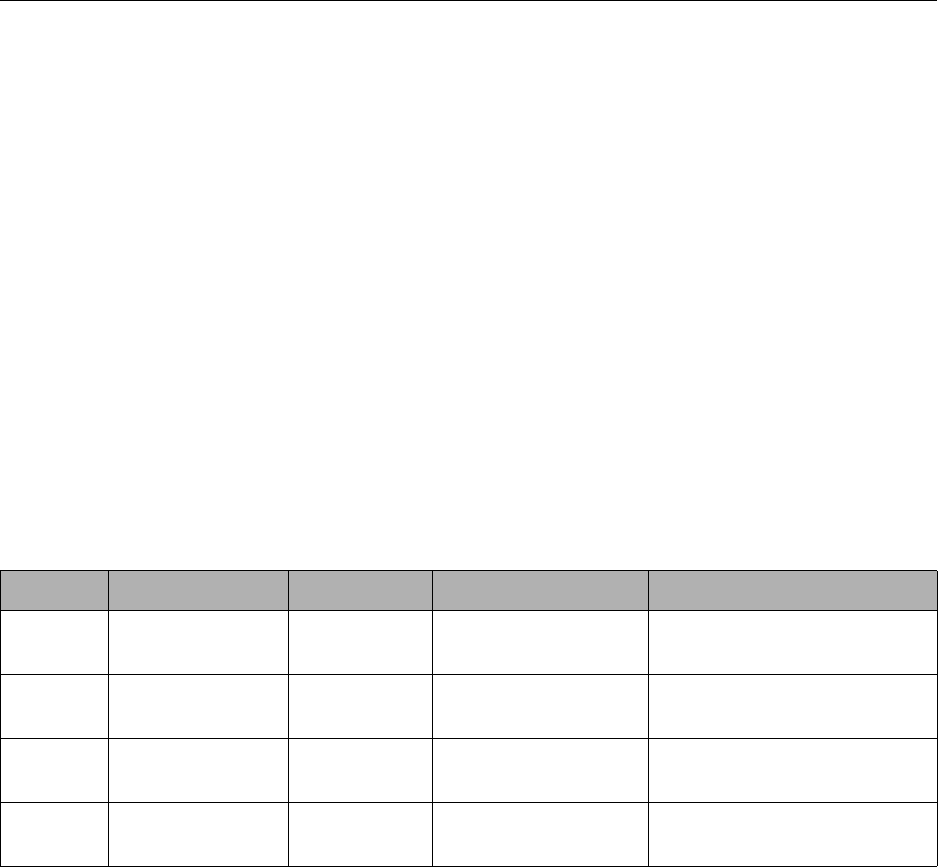
Appendix
34
NetMax N8000 System Controller
Owner’s manual
• 100Base-TX (IEEE 802.3u): Two twisted wire pairs are used for the connection (see above).
However, in this case, a CAT-5 cable has to be used. 100Base-TX has a transfer rate of
100 MBit/s and is the standard Ethernet implementation nowadays.
IP addresses
Diverse network protocols can be used for the communication of the devices connected to the
Ethernet network. The N8000 uses the TCP/IP protocol, thus, it is an IP network device. IP
addresses are used for the logical addressing of devices in an IP network. The N8000 uses
version IPv4 (Internet protocol version 4) for the addressing. Therefore, the length of an IP
address is 32 bit (= 4 Byte). 4.3 billion unique addresses are theoretically possibl with this
protocol. Normally IPv4 addresses are given in the dotted decimal notation, i.e. the four bytes are
written as four decimals separated by dots. Thus, the general notation of an IPv4 address is
AAA.BBB.CCC.DDD. An example of an IP address is 130.009.122.195. Zeros which stand in the
first place can be omitted. That is the reason why the exemplary address can also be written as:
130.9.122.195.
The following table shows address sequences that should be used in private networks.
Private IP addresses are especially of interest in networks which are connected to the Internet.
Private IP addresses are not routed in the Internet. Thus, it is necessary to make an address
conversion with NAT (Network Address Translation) or PAT (Port Address Translation = NAT and
additional change of the port number) in order to be able to access the Internet. An benefit of this
is that it is possible to connect several devices via a router with the Internet even when your
Internet provider has only allocated one IP address. Additionally, the real IP address of the
devices can be hidden from hackers by NAT/PAT (Security through Obscurity).
Subnet mask
An IP address is always divided into a network part (network address/ID) and a host part (host
address/ID or device address). Devices are in the same network if, and only if, the network parts
of their addresses are identical. Devices can interact directly with each other if they are in the
same network. Ancillary equipment (e.g. a router) is necessary if devices in different networks
should interact. Within one network host addresses may not be allocated twice.
Class Adress space Subnet mask CIDR Number of IP addresses
A 10.0.0.0 -
10.255.255.255
255.0.0.0 10.0.0.0/8 16777216
B 172.16.0.0 -
172.31.255.255
255.240.0.0 172.16.0.0/12 1048576
C 192.168.0.0 -
192.168.255.255
255.255.0.0 192.168.0.0/16 65536
Link local 169.254.0.0 -
169.254.255.255
255.255.0.0 169.254.0.0/16 65536


















